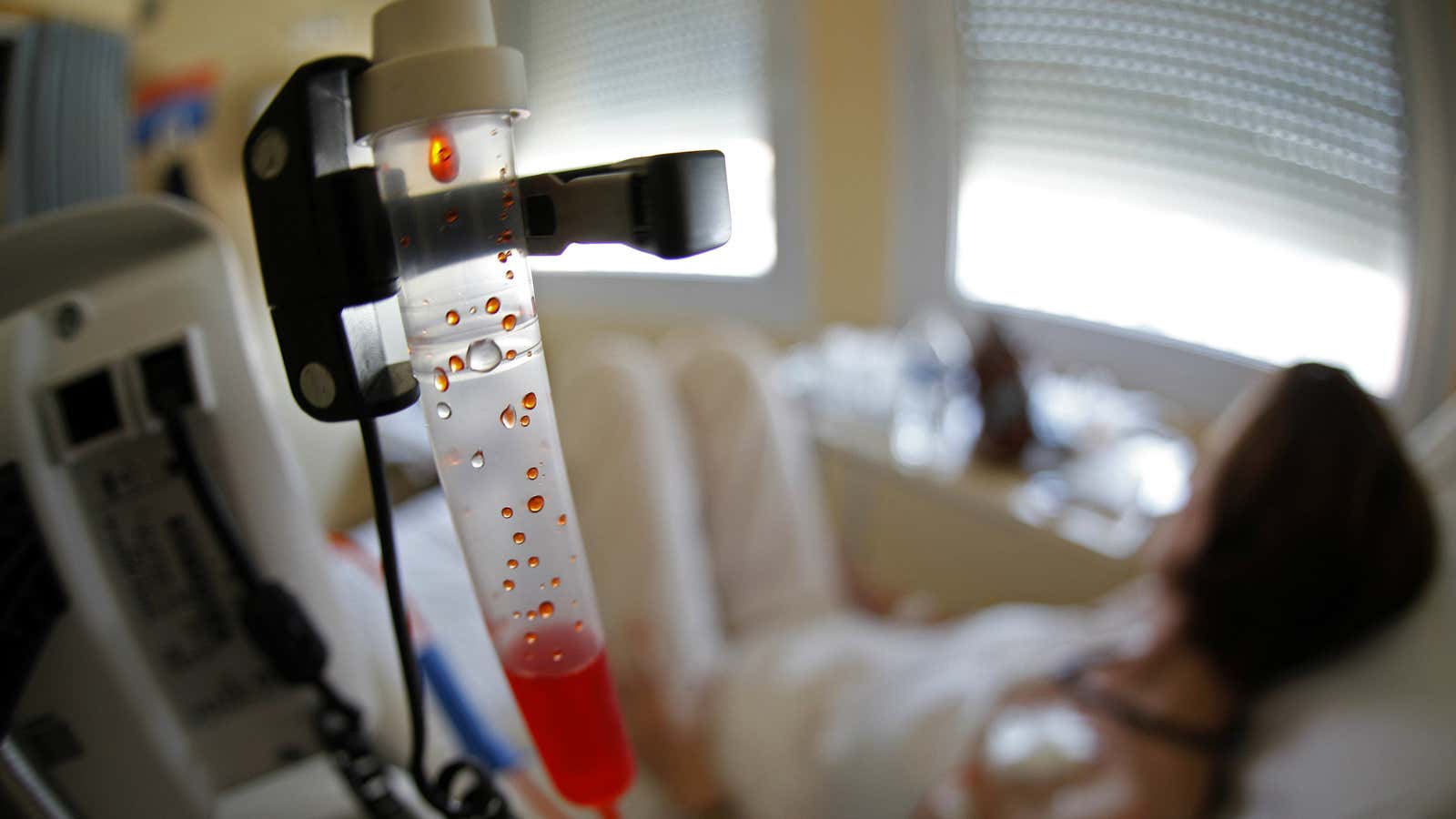Cancer might have a lot less to do with bad luck than you might think—a new study suggests that up to 90% of the disease risk is tied to external factors, like smoking or radiation.
The study, conducted by scientists from Stony Brook University and published this week in Nature, found only 10% to 30% of cancers to be caused by intrinsic cellular processes in our bodies. The findings challenge a previous study that suggested otherwise.
Cancer occurs when the body’s cells divide uncontrollably, sometimes even spreading into surrounding tissues. In January, a study in Science concluded that inherent processes in the body are the main reason cancer develops in the body. Known as the so-called “bad luck” hypothesis, it suggests the main cause of cancer is the accumulation of mutations when cells divide—a process we have little control over.
Startled by these findings, researchers from the Stony Brook Cancer Center decided to further analyze the impact of environmental factors in causing cancer. They used computer modeling, population data, and patterns in mutations with certain cancers. They found that in 70% to 90% of cases, the risk of cancer comes down to external factors.
Lead researcher Yusuf Hannun compared this risk to playing Russian roulette. He told BBC News:
It is like a revolver, intrinsic risk is one bullet. And if playing Russian roulette, then maybe one in six will get cancer—that’s the intrinsic bad luck.
Now, what a smoker does is add two or three more bullets to that revolver. And now, they pull the trigger.
The findings could have implications for public health policy, the researchers said, as they point to the importance of education and prevention in lowering rates of cancer.
